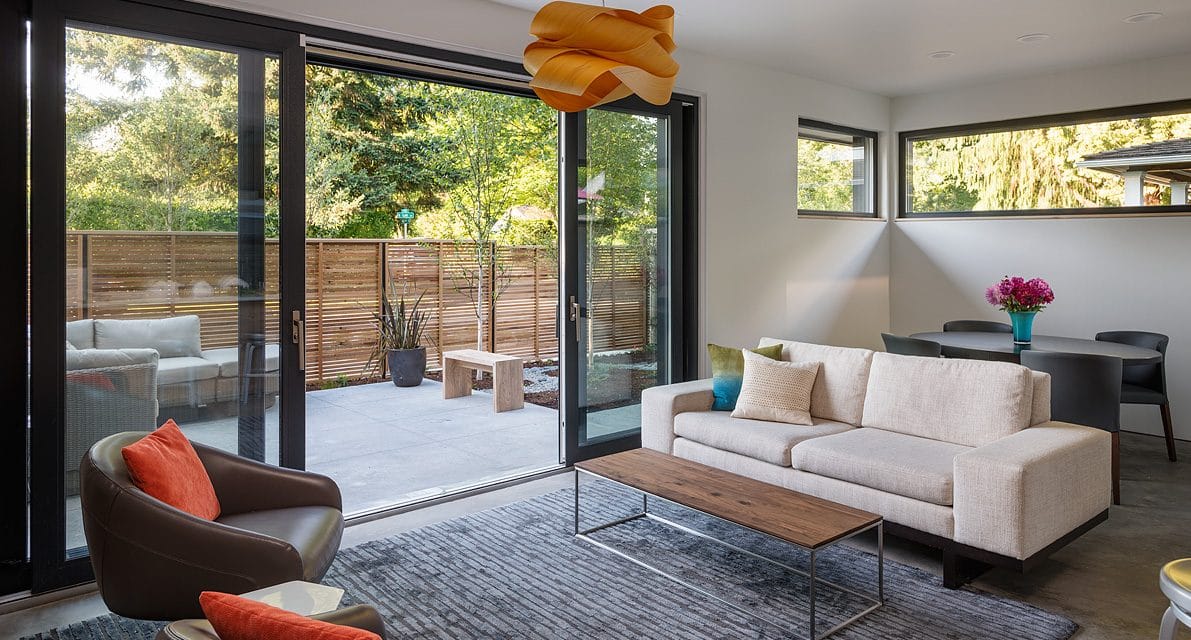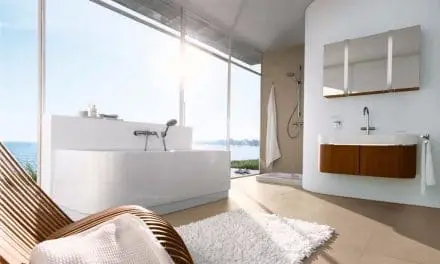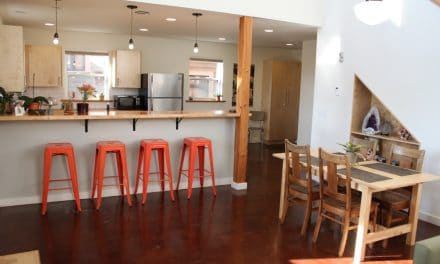Beauty, quality, and durability in passive design
Intus Windows utilizes polymer window and door frames that are reinforced with steel u-channels for increased strength and stability. The use of unplasticized-polyvinyl chloride or U-PVC which has no plasticizers added and resulting window frame is stronger, longer lasting, and much more UV resistant. The polymer frames are resistant to rot, and their wide variety of durable laminate finishes result in a product that is virtually maintenance free.

Impeccable design and versatility
- Triple pane glazing – superior energy efficiency, interior comfort, and noise reduction
- Triple EPDM gaskets – superior air & water tightness
- Multiple locking points ensure air tightness and strength
- Operable windows come in tilt & turn designs
- Suitable for both southwest deserts to northern climates
LEED Certification

Passive Design
The passive house window is not really a window type. The term passive house window relates to the thermal insulation characteristics of the window. A passive house standard window features a particularly high thermal insulation value. The heat transfer coefficient Uw has to comply with the European standard and be less than or equal to 0.8 W/m2K. Every window with an Uw-value less than or equal to 0.8 W/m2K is therefore a passive house window and suitable for installation in passive houses and is eligible for support through corresponding programs.
Passive house windows are not restricted to installation in passive houses only. Windows complying with the passive house standard can be used in refurbishment projects for older buildings as well as in any new building. Passive house windows enhance living comfort and help reduce heating costs substantially!

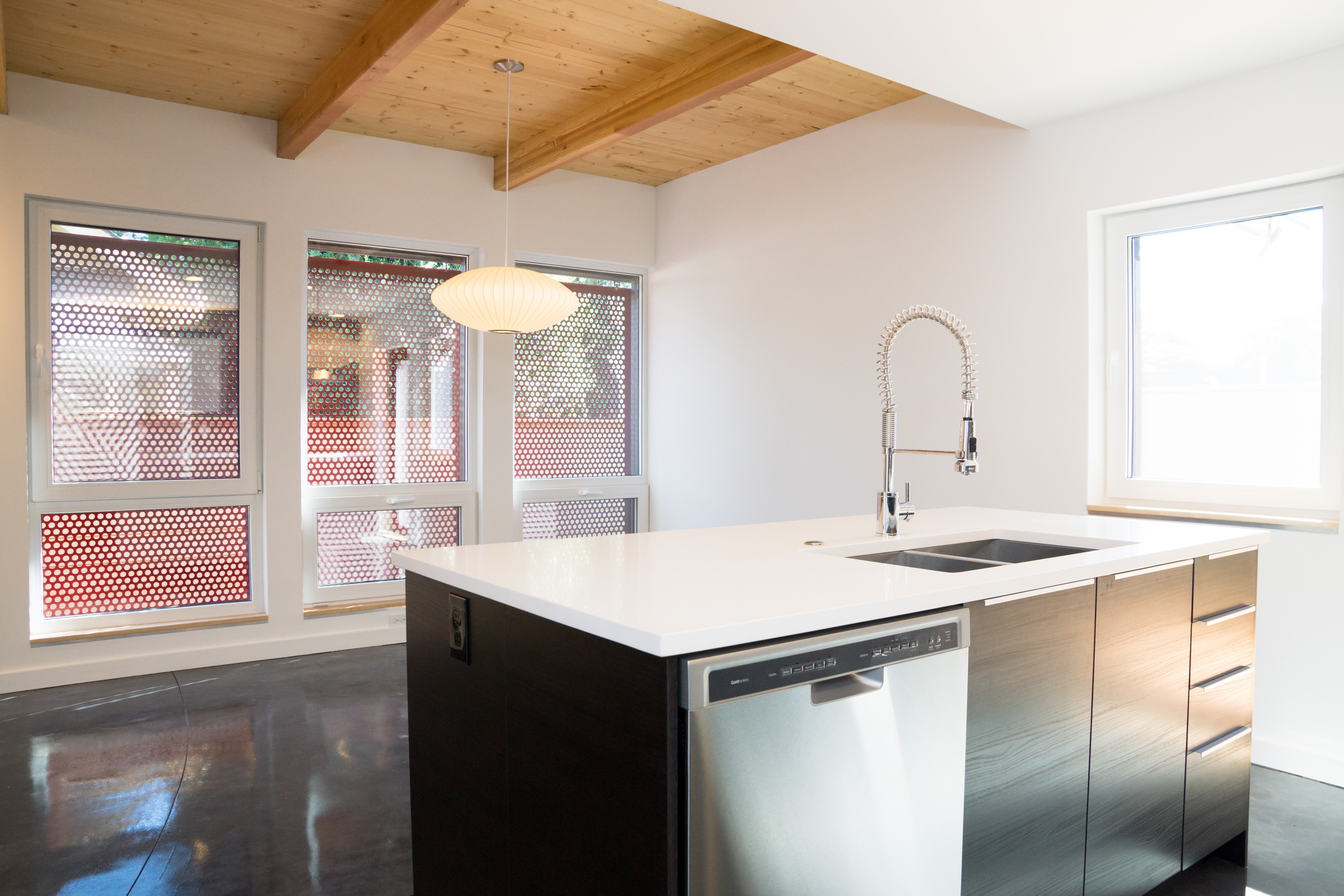
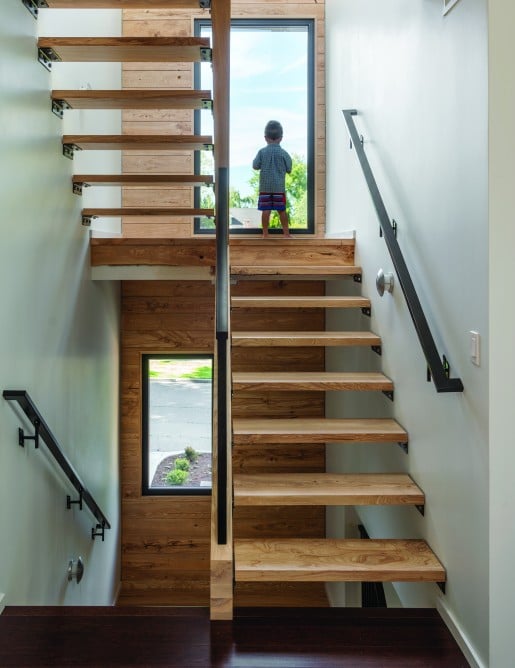
WHY PASSIVE HOUSE
- Protection for building owners from future energy price increases
- Great return on investment
- Increased comfort due to more-uniform interior temperatures
- Reduced requirement for energy austerity
- Reduced total cost of ownership due to improved energy efficiency
- Reduced total net monthly cost of living
- Extra cost is minimized for new construction compared to a retrofit
- Higher resale value as potential owners demand more ZEBs than the available supply
- The value of a ZEB building relative to a similar conventional building should increase every time energy costs increase


